EFFICIENCY FOR ALL


Advocacy & Outreach related to Energy Efficiency, Building Science, and Climate Change

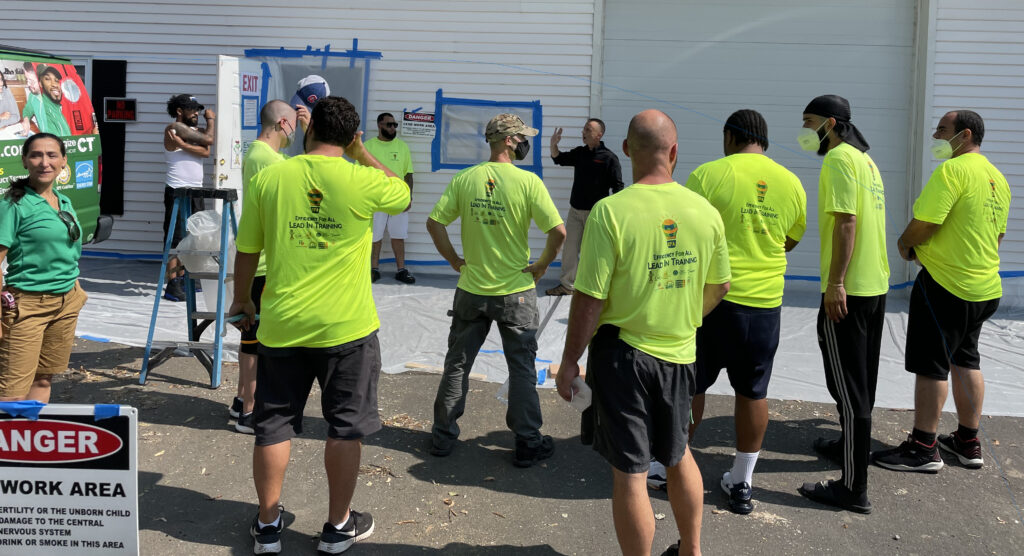
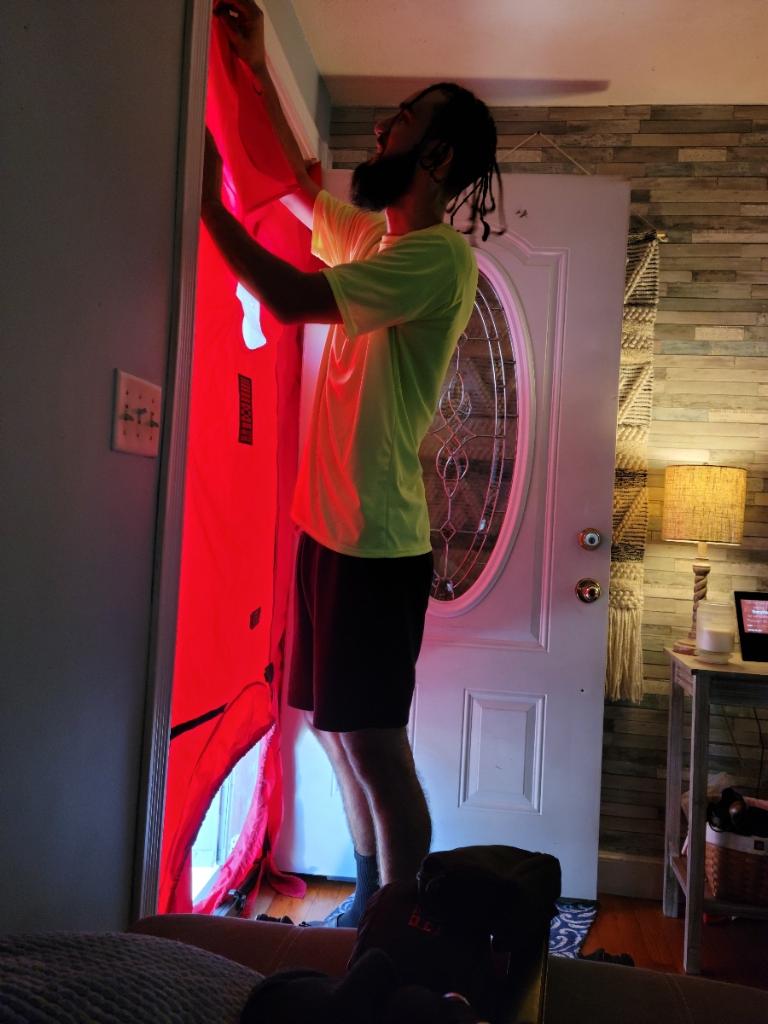
Efficiency For All – (EFA) “Efficiency is Efficient” ~ Creating and Advocating for Responsible Reliable Resilient Reachable Energy Policy
EFA is a nonprofit located in Connecticut. We advocate for the stabilization and expansion of local and national Energy Efficiency and Clean Energy programs which protect human health, improve the environment, provide local jobs, increase positive economic outcomes, and reduce short-term and long-term energy costs. We provide connections to the communities we serve and clean energy careers.
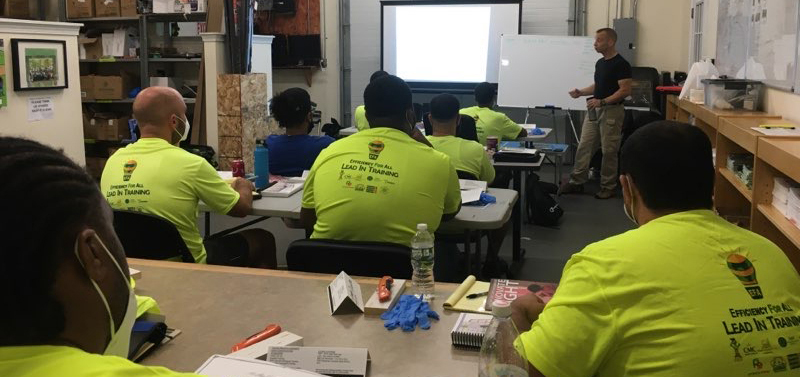
Connecticut and our nation as a whole are facing a lack of qualified workers for available energy efficiency jobs and clean energy jobs. These Energy Efficiency (EE) career paths include entry level and building science certified roles, energy auditors, EE support techs, insulation installers and insulation support techs, office administrators, window installers, electricians, heat pump installers, ALM/ mold remediators, customer service representatives, and office billers.
The lack of qualified workers is exacerbated by the need to develop certified efficiency programs for workers to support the expanded federal and local investments in efficiency and clean energy jobs to meet new state and federal climate and energy goals. The Pandemic resulted in over 30% loss of energy efficiency workers, widening the already growing gap. As the nation begins to reinvest in the energy efficiency industry and clean energy industry, this workforce gap continues to widen both locally and nationally.
Energy efficiency is still the most cost-effective way to lower energy costs, and energy related pollution, while closing the energy affordability gap, and addressing the connections between health and housing. The energy we don’t waste is the cheapest and cleanest source of energy for all people.
Many job seekers are unaware of the growing energy efficiency and clean energy career industries. While others lack the proper skill sets needed to apply for the local and growing energy efficiency roles in our great state. All of these issues have resulted in a lack of workforce to meet the industry and state goals. This is our fast-track solution.
Under the ARPA funding initiative, EFA was provided funding for 10 trainees to participate in an EE clean energy workforce program. This was leveraged with contractor funding to support 15 trainees in a 12-week program.
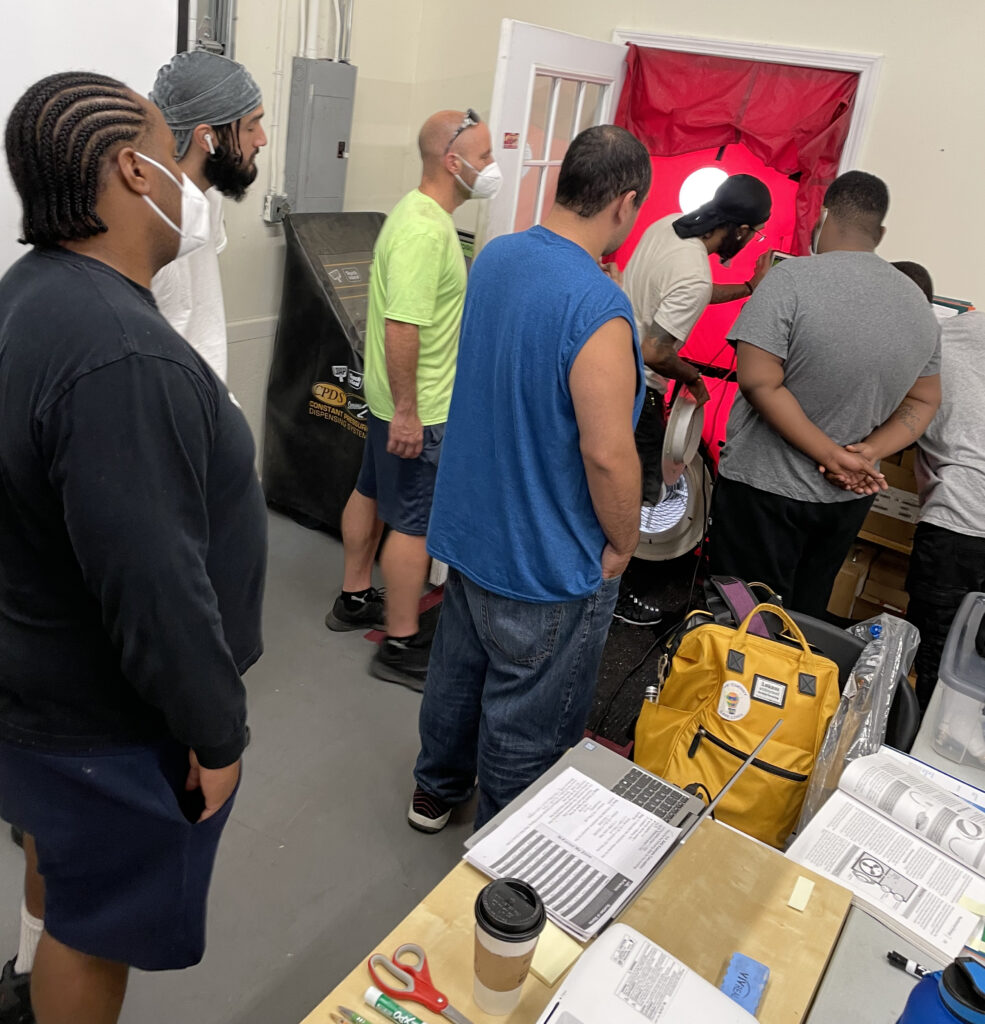
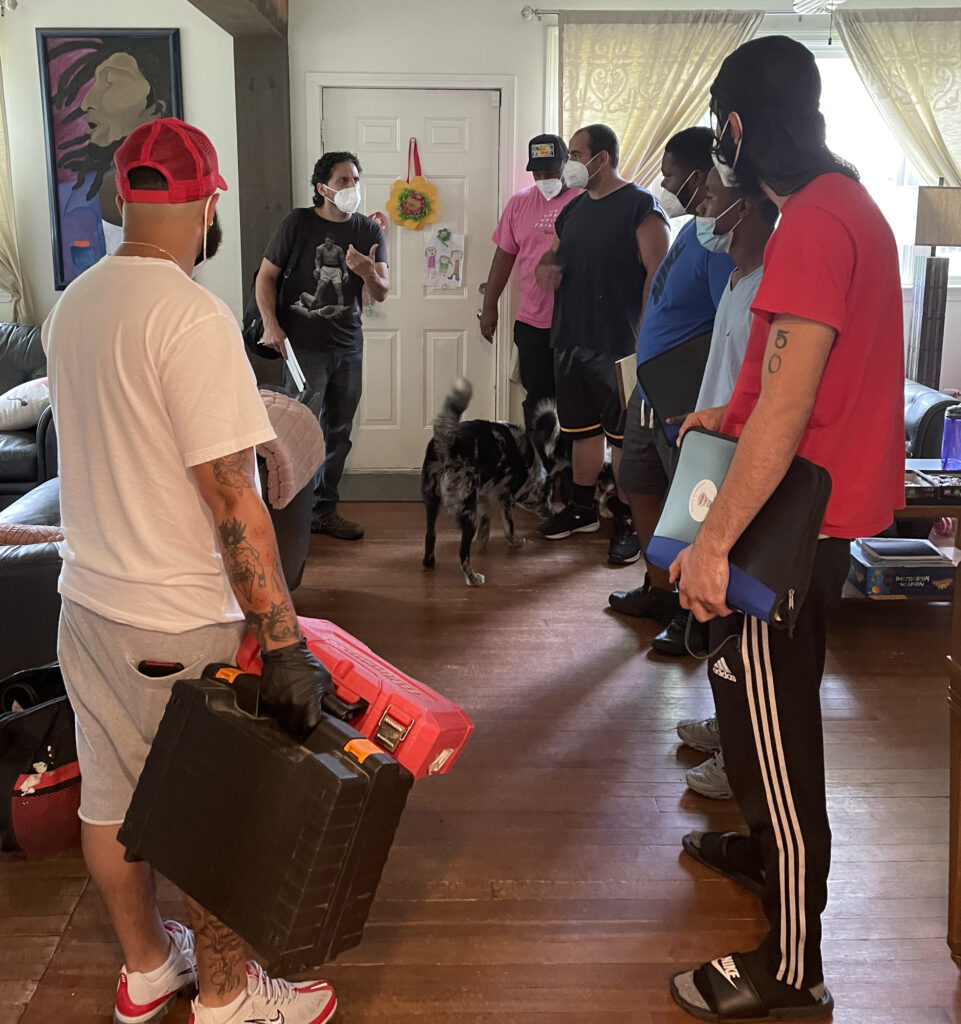
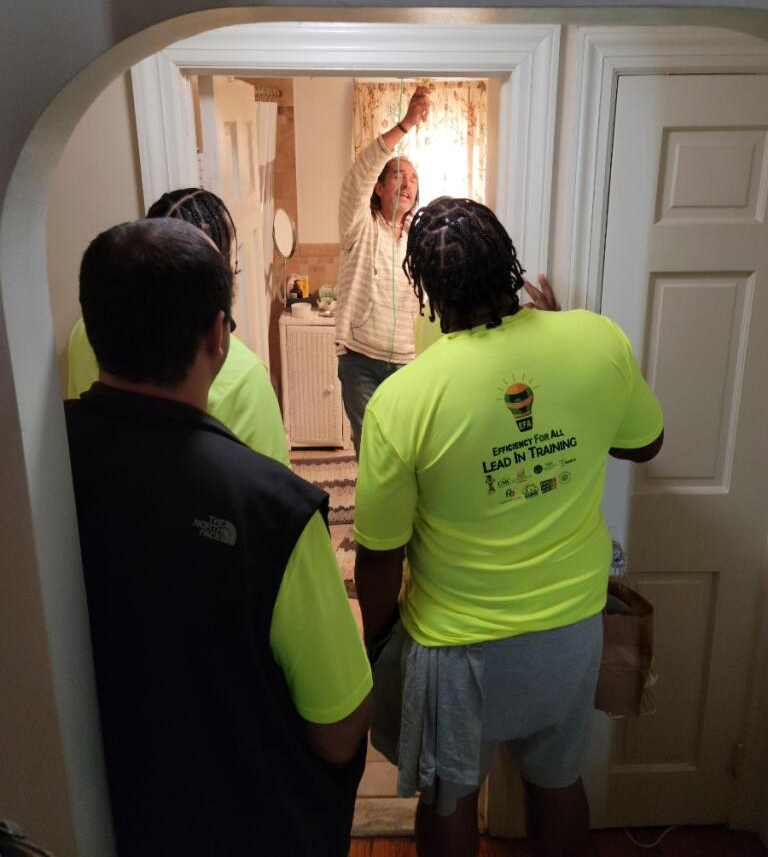
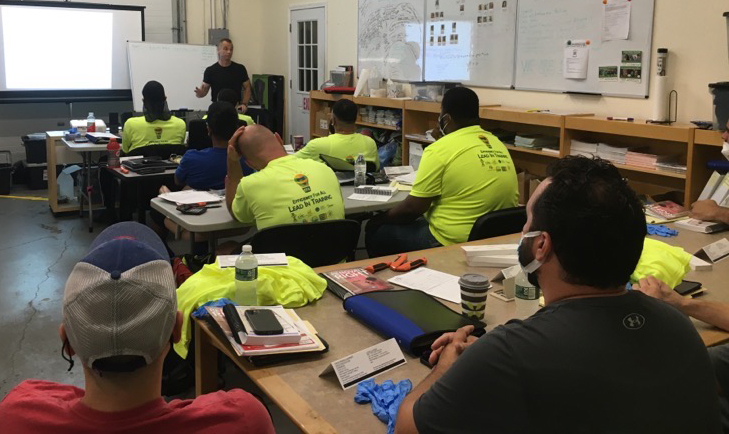
10 trainees were enrolled using CT CARES Act funds. Efficiency For All leveraged additional funds from contractors in our state to support 5 more seats in this program. Thus 15 completed the 12 week course.
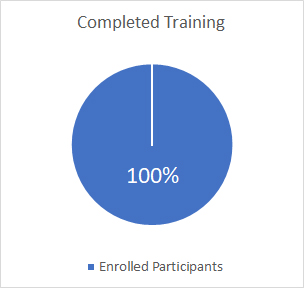
All 15 completed the course and all 15 are gainfully employed in Connecticut.
Results 6 month after program completion:
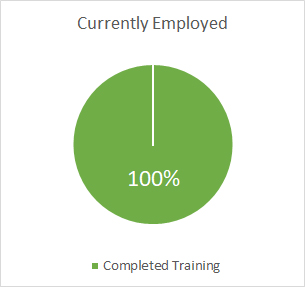
Participants transportation “speed bumps” and outcomes related to transportation needs:
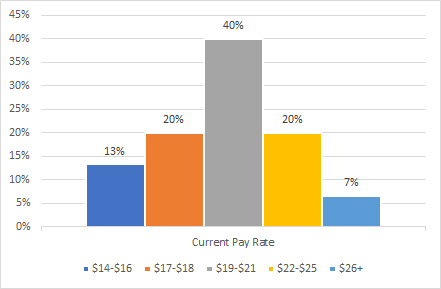
Job sites: Hartford, Windsor, Wallingford, Watertown, Fairfield, Branford, Middletown, and Manchester
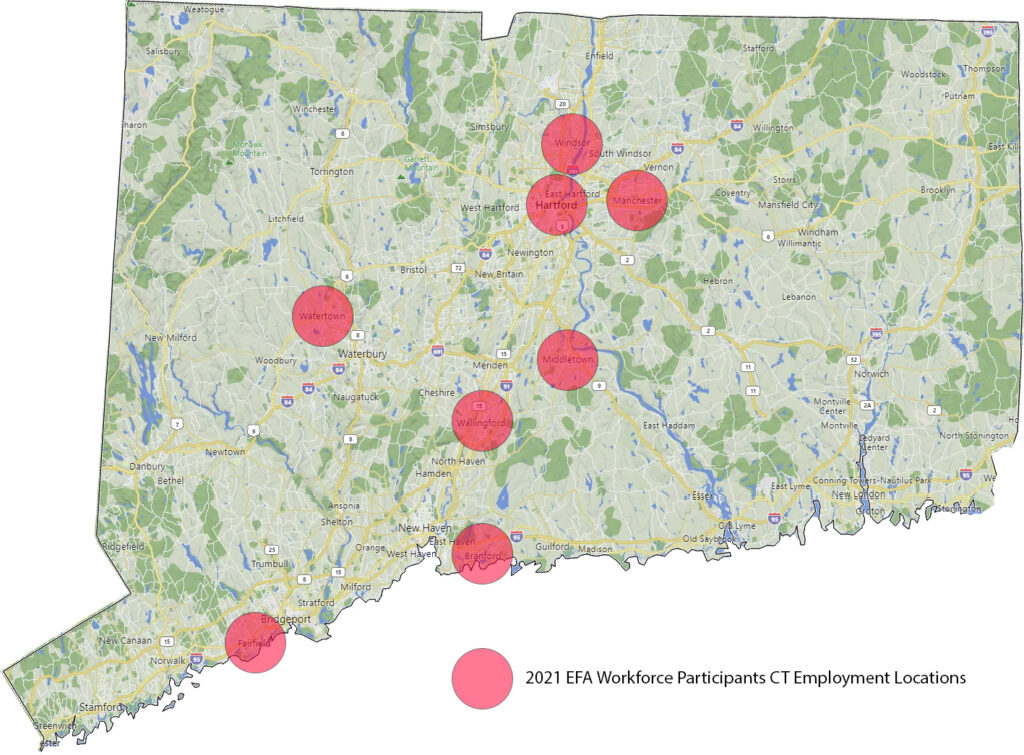
CMC
“Overall, Francisco has been progressing nicely and has been able to expand his building science knowledge. He is currently learning the proper way to set up various industry-related diagnostic tests and we hope to soon have him working as a fully functioning Lead Technician in the near future.”
NESE
“Rashad came to us well-versed in a lot of general knowledge, which is great… he learned quickly. The program is great for steering people towards a good career… I do feel the 6 weeks of paid training was enough to get Rashad up to speed to jump on a team.”
Harisi Energy
“Andrew has turned into a new person equipped with his building science knowledge…His work ethics show a promising future lead tech role in our company. Andrew comes ready and equipped every day to tackle any challenges that may arise.”
EES
“Miguel and Jeffrey have been amazing additions to our team. They are now leading their own crews and performing at very high levels.”
We partner with contractors all across the State of Connecticut.
Due to the program’s tremendous success, our contractor network is increasing rapidly. We are receiving weekly requests to join our network. Please contact us if you are a contractor in CT and would like to join our network of mentors and are willing to hire.
Email: contactus@efficiencyforall.org
Leticia Colon de Mejias
CEO, Energy Efficiencies Solutions
Founder & Co-Chair, Efficiency for All
Co-Chair, BPA Policy Committee
Program Participants will gain BPI certifications, OSHA, Lead RRP and hands-on training through the Efficiency For All CT workforce development program. These certificates are required to work in the State of CT EnergizeCT program as a lead tech.
Efficiency For All’s Green jobs EE workforce training program, is a state of Connecticut supported Energy Efficiency workforce development program. This program is a 12 week program, inclusive of a 6-week classroom training and hands-on training, and a 6-week Paid Work Experience internship program.
The power point presentation (PPT) and supporting videos below outline a path forward to grow a reliable resilient accessible affordable clean energy grid in our nation. These videos are an educational introduction to our clean energy economy barriers, during the Covid Pandemic.
June 24 2021 National DOE Better Buildings State of the Covid Economy https://attendee.gotowebinar.com/recording/8769208179771457807
https://www.youtube.com/watch?v=e8j-YJdbWZY&t=247s
September 30, 2021 Low-Carbon Small Business and Post-COVID Recovery- EESI Briefing Series: Workforce Wednesdays and https://www.eesi.org/briefings/view/093020workforce
GC3 and Energy Equity Work can be located here: https://efficiencyforall.org/wordpress/2020/02/25/governors-council-on-climate-change-gc3-equity-lens/
https://efficiencyforall.org/wordpress/wp-content/uploads/2019/02/EE-Health_2-18-2019_Flyer.pdf
https://efficiencyforall.org/wordpress/2020/11/22/addressing-health-safety-barriers-in-ct/
Solve Climate 2030- International Presentation Video can be located here: https://efficiencyforall.org/wordpress/2020/04/07/an-affordable-way-forward-energy-efficiency/
Creating a Culture of Sustainable Thinkers ™
www.gewportal.org
https://www.gewportal.org/magazine/
https://www.barnesandnoble.com/w/defeating-the-phantom-draw-leticia-colon-de-mejias/1120907458?ean=9780989336451
https://www.gewportal.org/story-time-with-leticia-colon-de-mejias/
https://youtu.be/gszrhsu1wLY
https://youtu.be/BOaMWYgWmX4
https://www.eesi.org/files/Leticia_Colon_de_Mejias_093020.pdf
Addressing indoor health barriers improves occupant health, lowers energy expenses, and supports our state mandated carbon and energy demand reduction goals, while creating real jobs in our communities.
Up to 30% of LMI homes have one or more health concerns such as asbestos, mold, mildew, knob-and-tube electrical wiring, and pests, which are barriers to full weatherization and lowered energy bills. Energy Assessments provided by Energize CT and WAP locate and identify hazardous conditions in LMI housing (based on Energize CT data on homes barriered from Wx in CT, 2017- 2019.)
Solving for weatherization barrier funding in CT is a critical issue. These barriers limit ratepayers’ access to energy saving services that their utility bill payments help fund.
The increased thermal comfort associated with a weatherized building envelope, allows residents to shelter in place in extreme hot and cold temperatures even during power outages.
Energy efficiency and weatherization lead to better health outcomes for residents. A 2014 study found a 12% decrease in emergency department asthma-related visits and a 48% decline in poor health among adults who received home weatherization services (Save Energy, Saving Lives by ACEEE & PSR, https://www.aceee.org/research-report/h1801.)
READ MORE: Yale Center on Climate Change and Health
(https://ysph.yale.edu/yale-center-on-climate-change-and-health/YCCCH_CCHC2020Report_395366_5_v1.pdf)
LIHEAP is a flexible federal funding source with the potential to close the affordability gap and help CT reach our GC3 goals.
Weatherization and energy-related home repair directly contribute to reducing energy burdens and improving home health and safety, both of which are LIHEAP goals.
Breaking siloed approaches and removing health barriers ensures households are served comprehensively, resulting in lowered energy expenses, lower energy demands on our grid, lowered pollution, and lowered carbon emissions. This will ultimately expand the number of LMI
served in our state. Additional benefits include creating local jobs and addressing long standing affordable safe housing issues, and permanently lowering energy expenses.
An allocation of LIHEAP funds towards weatherization and barrier remediation would open the door for a comprehensive weatherization barriers remediation program, providing a solution to the 23-30% of income-eligible households in CT with home weatherization barriers preventing access to energy-saving services (based on Energize CT data on homes barriered from Wx in CT 2017- 2019.) This would also prepare CT for upcoming federal stimulus packages.
Connecticut boasts strong energy efficiency programs (Energize CT). These programs include comprehensive energy efficiency upgrades which support low-income resident’s ability to effectively manage home energy demands and lower energy burdens. DEEP coordinates the state’s existing energy efficiency programs (HESIE and WAP.) DEEP could establish an official Weatherization Barrier Committee inclusive of community action agencies, the utilities, contractors, advocates, and DSS to ensure proper coordination among entities.
Job Creation – The use of LIHEAP funds to remediate barriers increases workforce opportunities. Expanding the capacity of the CT’s network of weatherization contractors will help CT reach our carbon and energy goals.
Investments in the energy efficient workforce bring the highest return on investment of any green job, $1M = 18 job years (2020, Global Status Report for Buildings and Construction, Global Alliance for Buildings and Construction.)

A study by ACEEE and Physicians foe Social Responsibility found that reducing energy consumption in the United States by 15% could have enormous annual impacts on public health, while lowering energy burdens (Save Energy, Saving Lives by ACEEE & PSR, https://www.aceee.org/research-report/h1801.)
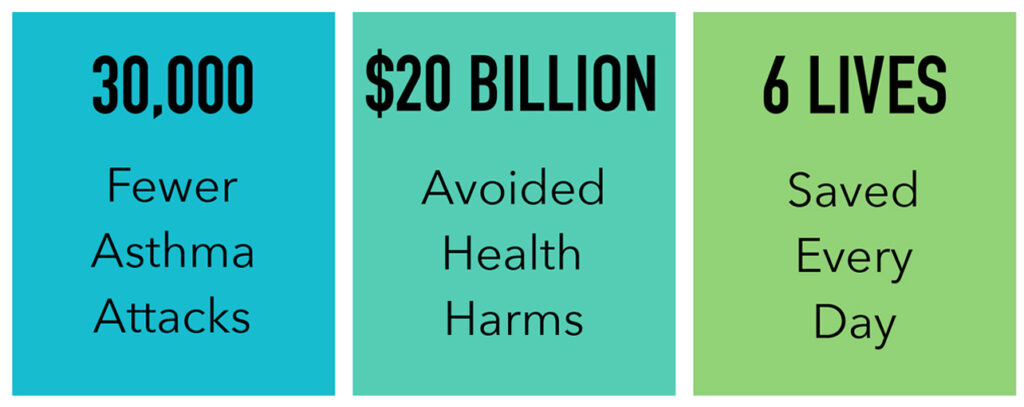
To address the remediation of home weatherization barriers for low-income customers, we recommend a higher level of LIEAP weatherization funds be allocated to reduce energy burdens and improve home health and safety in CT.
We are recommending that up to 8 million dollars of LIHEAP be allocated to weatherization and removing health and safety conditions.
In FY17-FY20 an average of 2% of respective CT LIHEAP allocations went to weatherization compared to a national average of 11.1% across those years (Based on Energize CT data on homes barriered from Wx in CT 2017- 2019,) placing CT behind the curve in utilizing LIHEAP money for weatherization.


Brought to you by the Governor’s Council on Climate Change (GC3)
Leticia Colon de Mejias
CEO, Energy Efficinecies Solutions
President, Green Eco Warriors
Health and safety problems often cause barriers that prevent full weatherization from being completed in homes that could otherwise achieve significant energy savings. Common health and safety barriers include elevated CO levels or gas leaks, mold, friable asbestos, vermiculate insulation that may contain asbestos, and knob and tube wiring. The Health and Safety Barriers to Weatherization Study aimed to evaluate the scale and nature of these problems in Connecticut, assess where they are most likely to occur, determine whether data about these problems is being effectively collected and tracked, and what might be some strategies for minimizing health and safety barriers to weatherization.
Based on a review of existing studies carried out in Connecticut, interviews with key stakeholders, and a detailed qualitative and quantitative survey
administered to vendors working for EnergizeCT in United Illuminating’s service territory, the main findings of this study are …